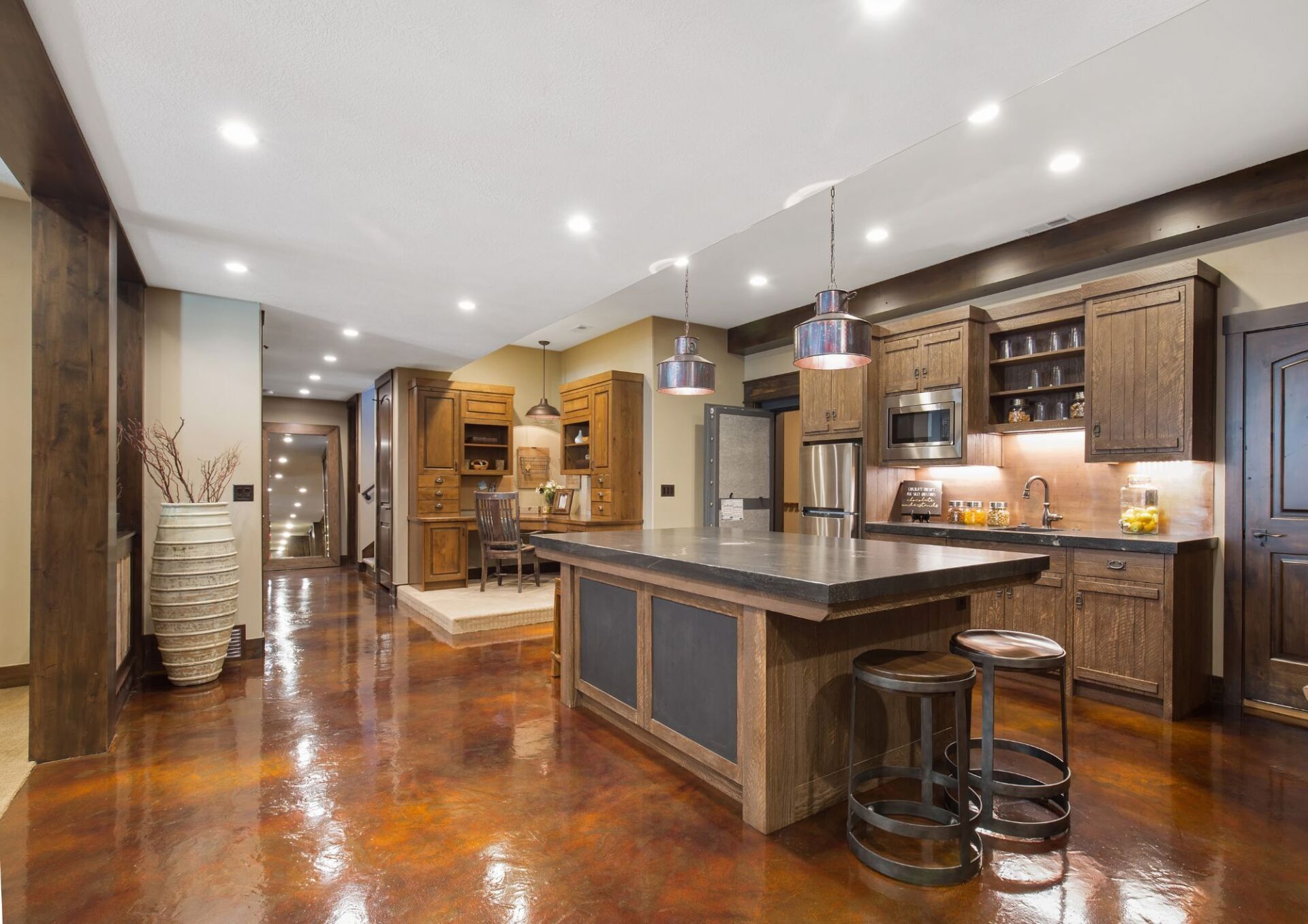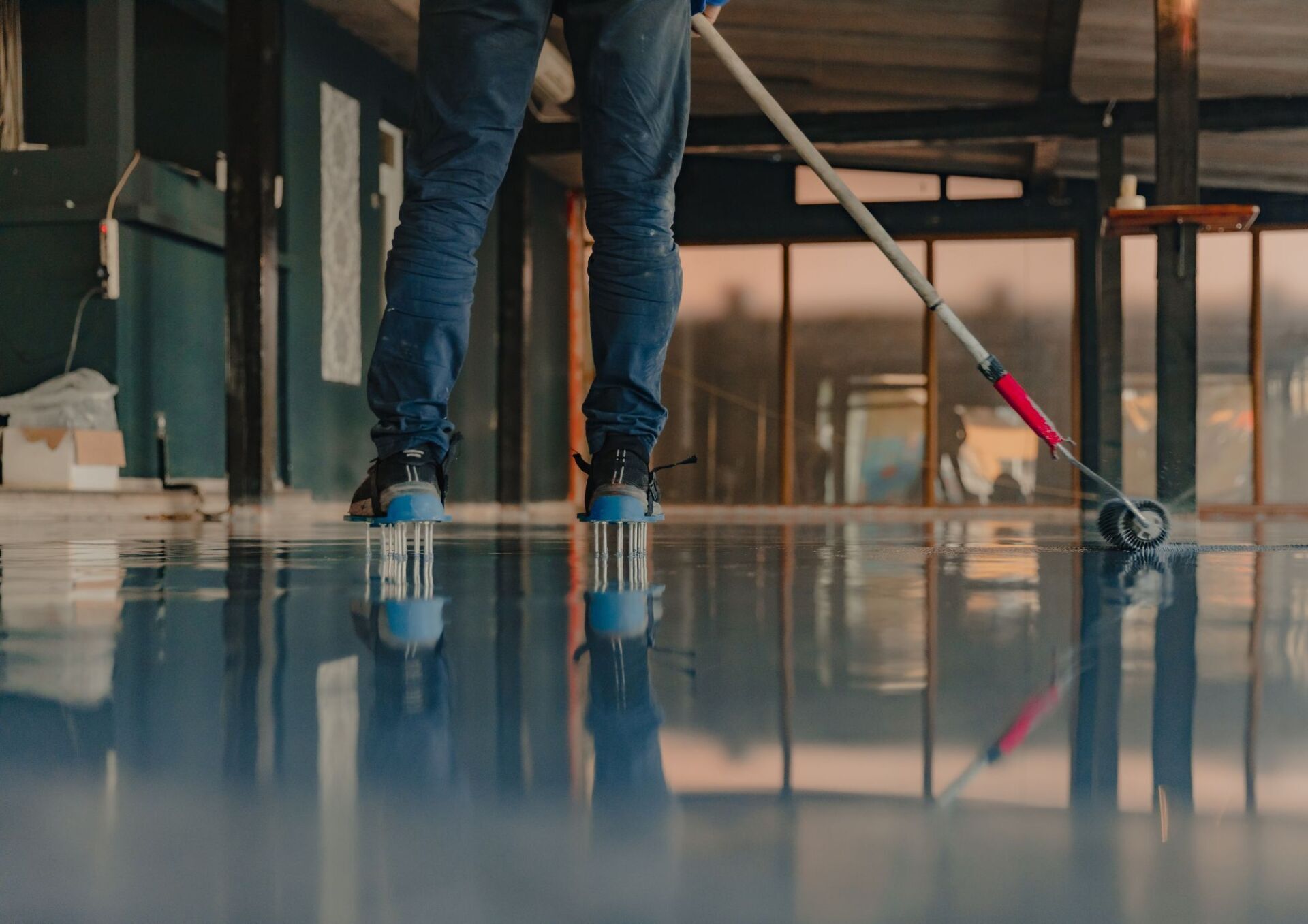How Long Does It Take Epoxy Floors to Dry?
Drying and curing times for your epoxy floors are an important part of the process. How long does it normally take?
Epoxy floors have become increasingly popular in both residential and commercial settings due to their durability, aesthetics, and resistance to wear and tear. However, one of the most critical aspects of installing epoxy floors is understanding how long it takes for them to dry. That will have an effect on your day to day life because you'll need to stay off of the floor while it cures and sets properly. Here are the things you need to know.
Typical Drying Times
On average, epoxy floors may take about 24 to 48 hours to dry to the touch. However, this is just the initial phase of drying, and the floor will continue to cure and harden over the next several days. For full curing and maximum durability, it's recommended to wait at least seven days before subjecting the floor to heavy foot traffic or placing heavy objects on it.
The Basics of Epoxy Flooring
Epoxy flooring is a versatile and cost-effective choice for creating a smooth, durable, and visually appealing surface. It's commonly used in garages, basements, industrial facilities, and even some homes. Epoxy coatings consist of two main components: resin and hardener, which are mixed together just before application. The chemical reaction between these components creates a strong, adhesive, and glossy surface that adheres well to the underlying concrete or other substrates.
Factors Influencing Epoxy Drying Times
The drying time of epoxy floors can vary based on several factors:
1. Type of Epoxy: There are different types of epoxy, including solvent-based and water-based varieties. Solvent-based epoxies typically have a shorter drying time compared to water-based epoxies.
2. Temperature: Temperature plays a significant role in epoxy drying times. Warmer temperatures accelerate the curing process, while colder temperatures slow it down. It's important to install epoxy floors in a temperature range recommended by the manufacturer.
3. Humidity: High humidity levels can also affect epoxy drying times. Excessive moisture in the air can slow down the curing process, leading to longer drying times.
4. Epoxy Thickness: The thickness of the epoxy application affects drying times. Thicker epoxy layers take longer to dry than thinner ones. Manufacturers often specify the ideal thickness for their products.
5. Ventilation: Proper ventilation is essential during the drying process. Good airflow helps evaporate volatile organic compounds (VOCs) and moisture, expediting the curing process.
Tips for a Successful Epoxy Floor Installation
1. Hire a professional contractor to do the job. Contractors have all of the necessary tools and expertise to get the job done properly. Although you may be able to save some money in some cases if you do it yourself, you may end up spending more in the long run if it needs to be redone by a professional anyway.
2. Follow Manufacturer Recommendations: Always read and follow the manufacturer's instructions for the specific epoxy product you are using. This includes information on ideal temperature and humidity conditions for installation.
3. Prepare the Substrate: Properly prepare the substrate by cleaning, repairing any cracks or imperfections, and ensuring it's free of dust and debris. A well-prepared surface will ensure better adhesion and a more even finish.
4. Mix Epoxy Thoroughly: Take your time to mix the epoxy resin and hardener correctly. Inadequate mixing can result in uneven curing and compromised adhesion.
5. Work Efficiently: Epoxy dries relatively quickly during application, so work efficiently to ensure a consistent finish. Avoid leaving puddles or uneven patches.
6. Patience is Key: Allow ample time for the epoxy to dry and cure fully before putting it to regular use. Rushing this process can lead to premature wear and reduce the floor's longevity.
In conclusion, epoxy floors are a fantastic option for enhancing the durability and appearance of your space. Understanding the factors that influence drying times and following best practices during installation can help ensure a successful and long-lasting epoxy floor. Remember that patience is indeed a virtue when it comes to epoxy floor drying. By allowing the epoxy to cure fully, you'll enjoy a beautiful and resilient floor that can withstand the test of time.
You might also like


